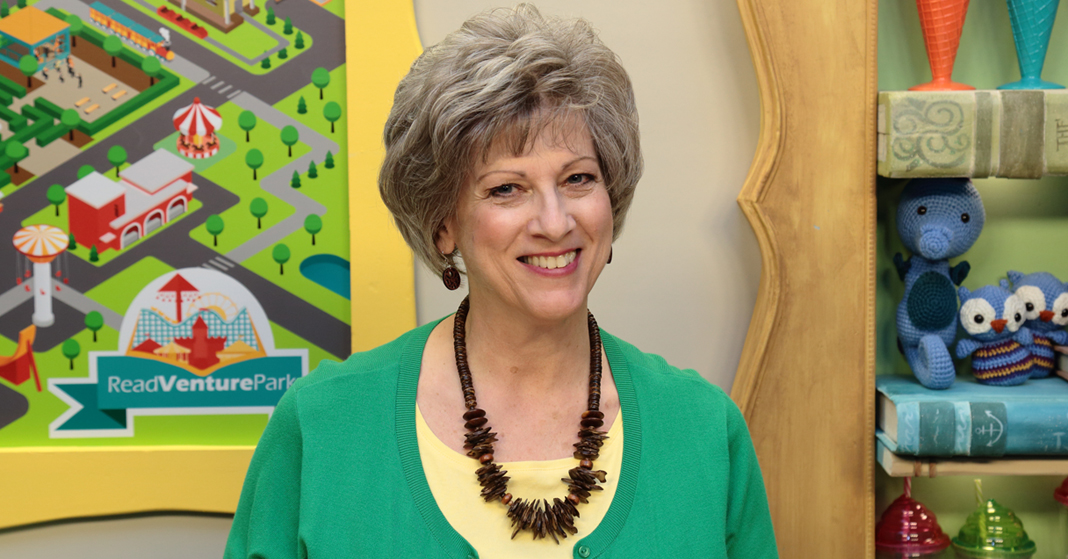
The whole purpose of the BJU Press phonics system is to give your child the reading skills he needs to understand information and communicate well in life.
In these videos, Mrs. Walker explains the different parts of our system, the value of our emphasis on vocabulary, and the best way to give your student a clear and helpful grade. You’ll find a summary of each video along with a link to the video on YouTube embedded in this blog post. We trust the videos will be valuable as you help your student gather and present information from his reading.
BJU Press Phonics in Reading
Our phonics system involves four major components that will help your child become a better reader. First, we help your child recognize certain sounds. We help him learn the basic sounds of the alphabet and recognize what each letter sounds like. Second, we combine different letters and present what those combinations look and sound like. Once he knows these sounds, he can begin grouping them into words.
Third, we help him build a vocabulary of sounds and sound-combinations so that he can read new words easily. And finally, we take careful steps to encourage comprehension at every level of reading. We want to help your child to understand the material he’s reading, not just repeat sounds. Our phonics curriculum is an enjoyable and thorough way to help your student become the best reader that he can be.
Vocabulary Versus Service Words
In our lessons, your child will encounter both vocabulary and service words. Vocabulary words are words that may be unique to a story but necessary for your student to fully grasp what the story is saying. We place them in a normal context to make them easier for your child to understand.
Service words, on the other hand, are words that your student is more likely to hear on a daily basis, so we will drill these a little more to help your student incorporate them into his vocabulary. Growing and developing your child’s vocabulary will help him be clearer in his word choices and communicate more effectively.
What Do I Include in a Reading Grade?
It’s completely normal for homeschool parents to struggle with grading their child’s reading abilities. Since you can’t see what your student thinks before he says the words, how can you measure how well he is reading?
First, always remember that the two types of reading have different objectives. Comprehension is the goal of silent reading. How well does your student understand what he reads? Has he gathered all of the meaning that the author wanted to convey? In contrast, communication is the goal of oral reading. Can your child read a piece out loud smoothly without any mistakes? Can he read with appropriate inflection and expressions?
To help you grade both types, we’ve included rubrics and written work to evaluate how well your student is comprehending what he is reading. These items include many questions to clearly show you how much information your child is processing as he reads.
To calculate a final grade, we have provided a prioritized list of the important reading skills to help you give an appropriate grade and help your student progress. Once you’ve finalized the grade, be sure to carefully walk your student through the different parts of the composite grade. Reward the areas where he succeeds, and clearly show him the areas where he needs to grow. Giving your child an accurate measurement of his reading skills will help clarify his reading strengths and address his opportunities for growth.
We hope these videos will help you understand our intentions behind our phonics program and help you accurately track your student’s reading progress. To access more information about the Reading 2 program, view the full playlist of videos on YouTube, or visit our website.
• • • • •
Matt recently graduated with an MA in communication studies and currently works as a freelance writer. He attributes the wild variety in his current opportunities to the exploration his parents gave him through the homeschooling experience. He enjoys theater, the gym, and choral music and will rarely say no to a cold glass of sweet tea.
Leave a Reply